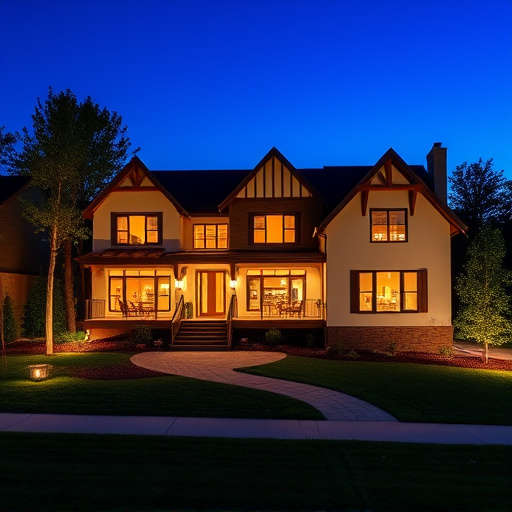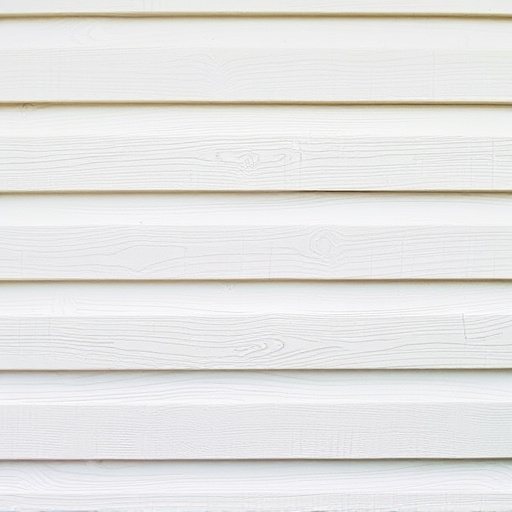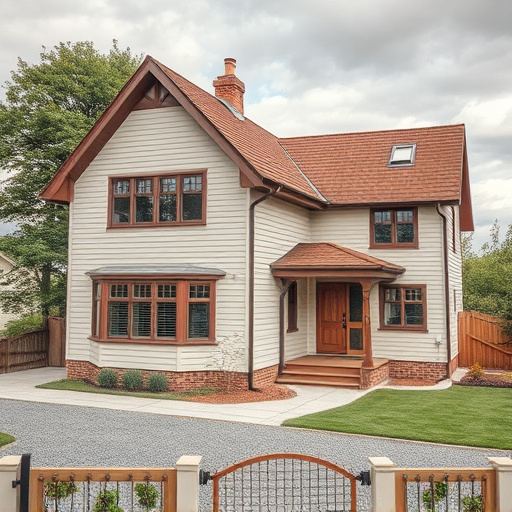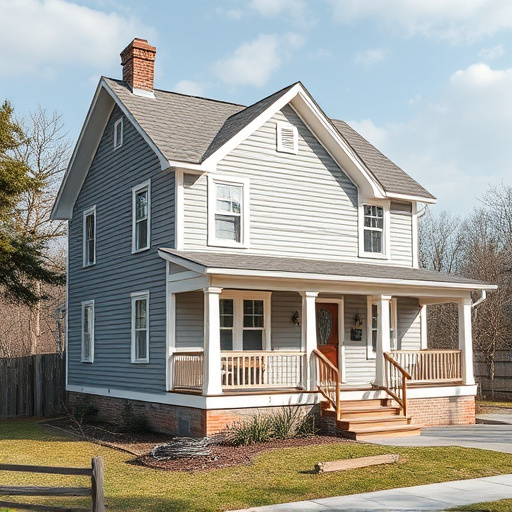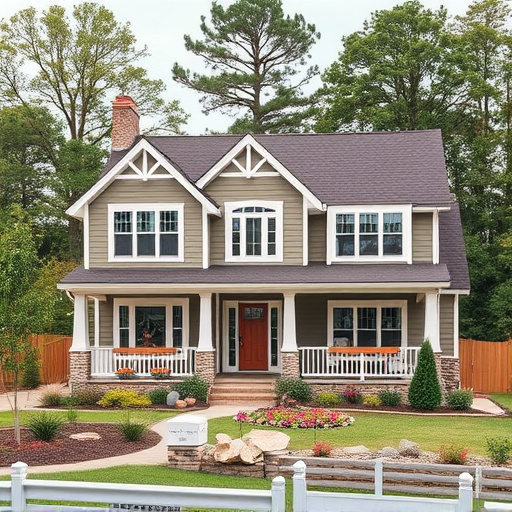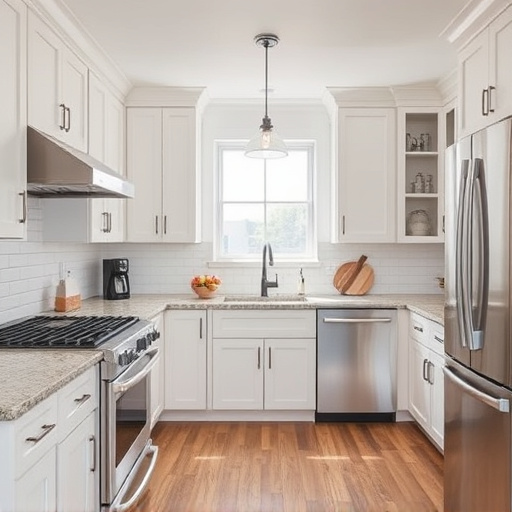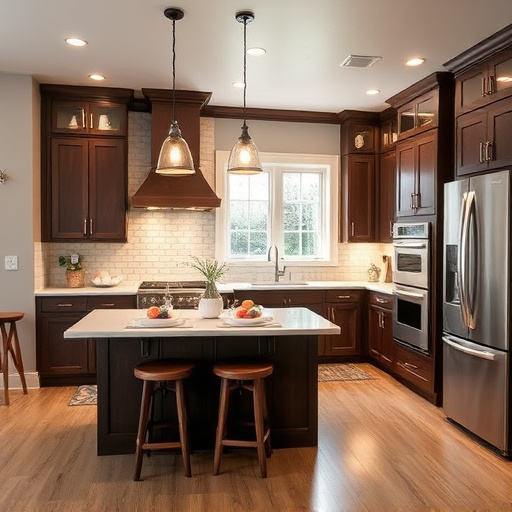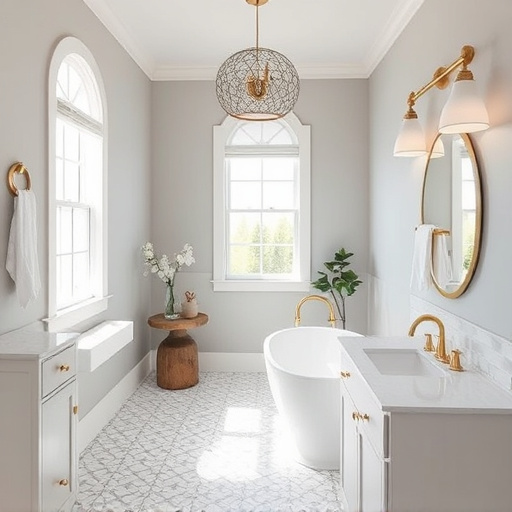Textures transform countertop design, offering diverse visual experiences from smooth to pebbled finishes. In home renovation, countertop texture enhances aesthetics and safety, with designers using it for depth, grip, and personalized styles. Strategic texture application across rooms creates cohesive themes while accommodating specific needs in kitchens and bathrooms.
Discover the captivating impact of texture on modern countertop design, where aesthetics meet functionality. Explore how diverse textures elevate the visual appeal of countertops, catering to evolving consumer preferences. From sleek glass to rustic stone, this article delves into innovative ways texture enhances both the beauty and practicality of your kitchen or bathroom spaces. Uncover trends that blend style and durability, transforming countertops into a focal point in any interior design narrative.
- Textures Elevate Countertop Aesthetics
- Understanding Consumer Preferences for Countertop Designs
- Incorporating Texture for Enhanced Functionality and Beauty
Textures Elevate Countertop Aesthetics
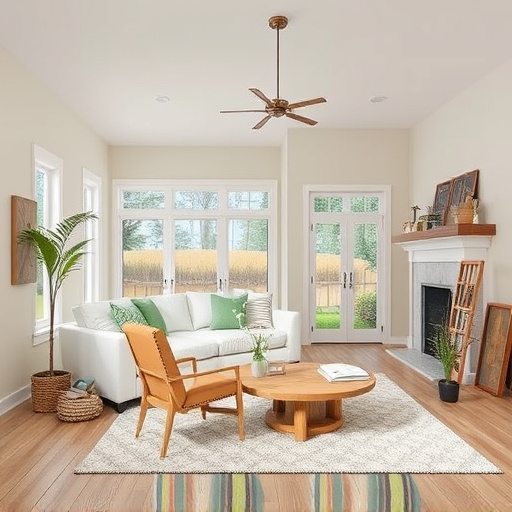
Textures play a pivotal role in enhancing the aesthetic appeal of countertops, transforming them from mere functional surfaces to focal points of any kitchen or bathroom space. Beyond smooth finishes, various textures offer a dynamic visual experience, catering to diverse design preferences. For instance, pebbled or roughened surfaces add a tactile quality, evoking a connection with nature and providing a distinct, rustic charm. Conversely, polished or glossy textures reflect light, creating the illusion of depth and adding a touch of elegance and modern flair.
In the realm of kitchen and bath remodeling, countertop texture becomes a versatile tool for designers and homeowners alike. Incorporating textured surfaces can lend a sense of warmth to otherwise sleek and minimalist spaces or augment the overall design narrative in more traditional settings. During a bathroom remodel, for example, choosing the right texture can dramatically impact the ambiance—a subtle, veined finish might evoke a serene spa-like atmosphere, while bolder, more intricate textures can create an air of sophistication and drama. Similarly, in interior painting projects, textured finishes can add dimension, depth, and visual interest to countertops, making them stand out as unique design elements within any space.
Understanding Consumer Preferences for Countertop Designs
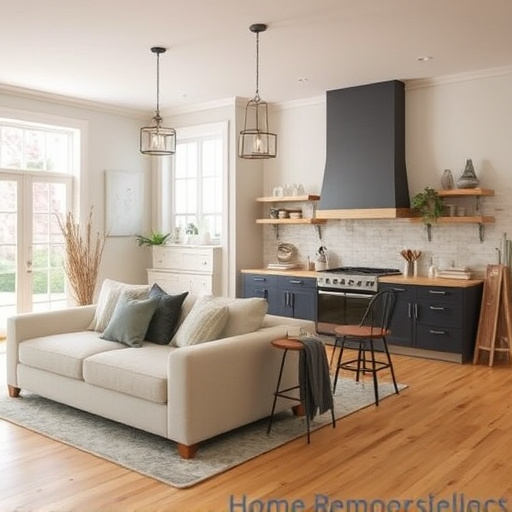
In the realm of home renovation, countertop design plays a pivotal role in shaping the aesthetics and functionality of any space. Understanding consumer preferences is key to creating appealing and durable countertops that cater to modern tastes. Today’s folks are increasingly seeking unique, customized work that reflects their personal style, be it a sleek and minimalist look or a more rustic, textured appeal.
Texture, in particular, has emerged as a powerful design element, adding depth and character to countertops. From smooth, glossy surfaces to rugged, irregular patterns, the variety of textures available allows homeowners to personalize their kitchens and bathrooms. In light of this, designers and contractors are incorporating textured countertops into whole house remodels, ensuring that each space tells a story and invites interaction—a testament to the growing appreciation for bespoke, high-impact design elements in home renovation.
Incorporating Texture for Enhanced Functionality and Beauty
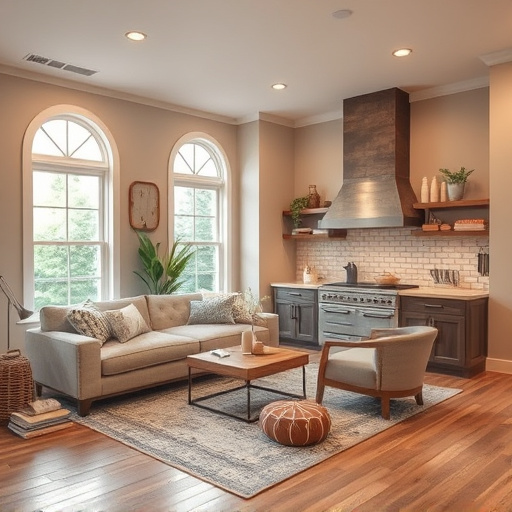
Incorporating texture into countertop design goes beyond aesthetic appeal; it enhances functionality and overall beauty. Textured surfaces offer improved grip, making them safer for food preparation and reducing the risk of slips and falls. This is particularly beneficial in high-traffic areas like kitchens, where countertops serve as work surfaces and meal prep spaces. Additionally, texture adds visual interest, creating depth and dimension that can elevate the look of any room, whether it’s a single kitchen remodel or part of a whole house remodel.
For countertop designers, textures offer a canvas to create unique patterns and styles that cater to diverse preferences. From subtle graining to bold embossments, these elements can transform a simple surface into a captivating feature. When considering a multiple room remodel, incorporating texture strategically allows for cohesive design themes while accommodating the specific needs and uses of each space.
Texture plays a pivotal role in enhancing the allure of countertops, offering a unique blend of aesthetic appeal and functional benefits. By understanding consumer preferences and incorporating diverse textures, designers can create countertop designs that not only captivate the eye but also stand the test of time. This strategic approach ensures that every touchpoint becomes a testament to exquisite craftsmanship and thoughtful design, ultimately enriching our daily interactions with these vibrant, bustling landscapes.
